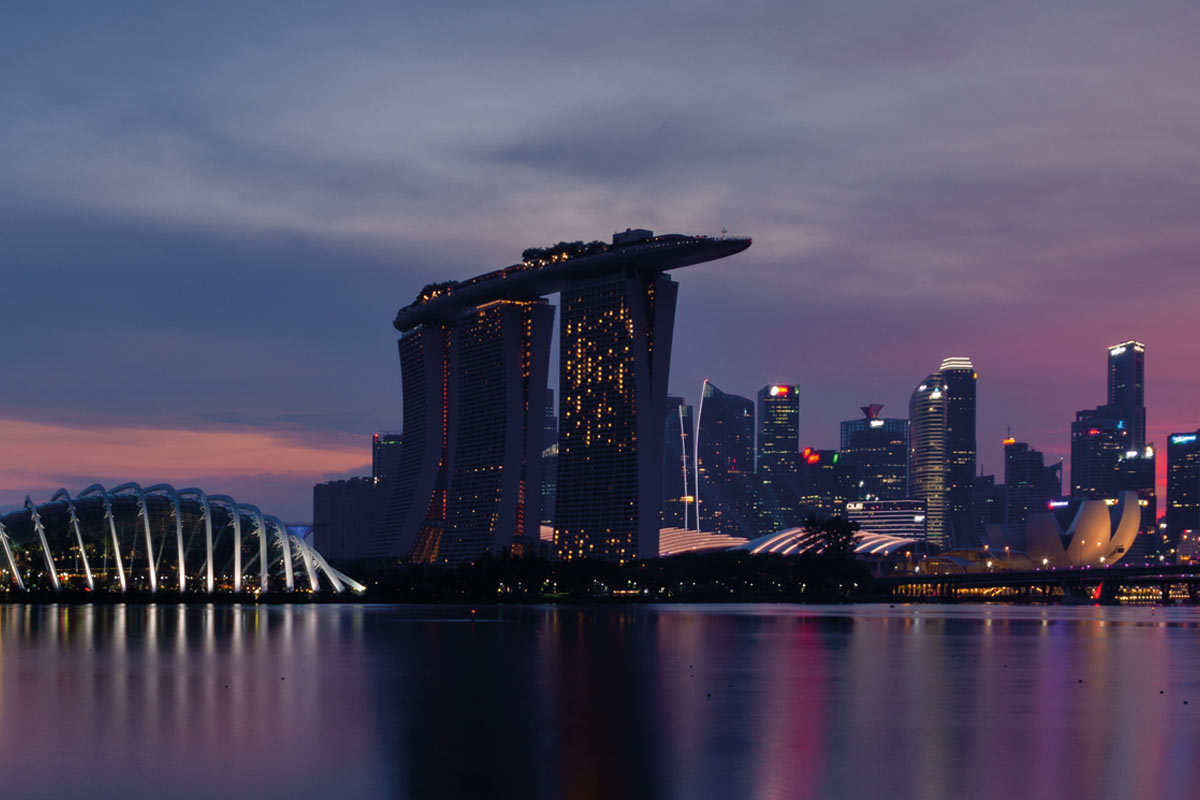SINGAPORE
10 May 2024 | SINGAPORE
The bone & tissue day Singapore took place as a parallel session to the main program on Friday the 10th. The bone & tissue day consisted of two sessions, the first one moderated by Dr. Maja Chmielewska and the second by Dr. Larissa Steigmann. In each session, three speakers presented their corresponding topics followed by a panel discussion. The first part of the bone & tissue day was about optimizing treatment outcomes and how to support the healing process with the participation of Prof. Dr. Peer Kämmerer, Dr. Dragana Rakasevic and Dr. Martina Stefanini, who presented compelling data that hyaluronic acid has not only beneficial impact in in-vitro studies, but also significant positive applications in the treatment of periimplant diseases as well as GBR procedures around teeth and implants.
The second session focused on challenging autogenous bone as the Gold Standard in bone augmentation and the speakers were Dr. Frank Kloss, Dr. Algirdas Puisys and Dr. Jochen Tunkel. After presenting various techniques ranging from block grafting, shell technique as well as particulate bone grafting, the panel came to the conclusion that for mayor bone augmentation with maxgraft® blocks, maxgraft® cortico or maxgraft® granules is as predictable as autologous bone grafting in most indications, but that at least a small amount of autogenous bone is needed to enhance the biological potential. However, the extend of harvested bone can be significantly reduced to chips from the primary surgical site without jeopardizing the treatment outcome in such applications, largely contributing to a more patient oriented treatment concept.
REVIEWS WORLD CONGRESSES


































